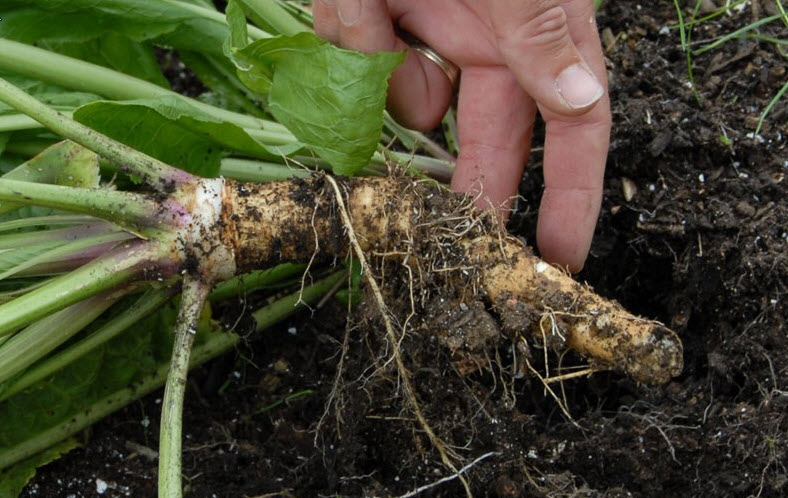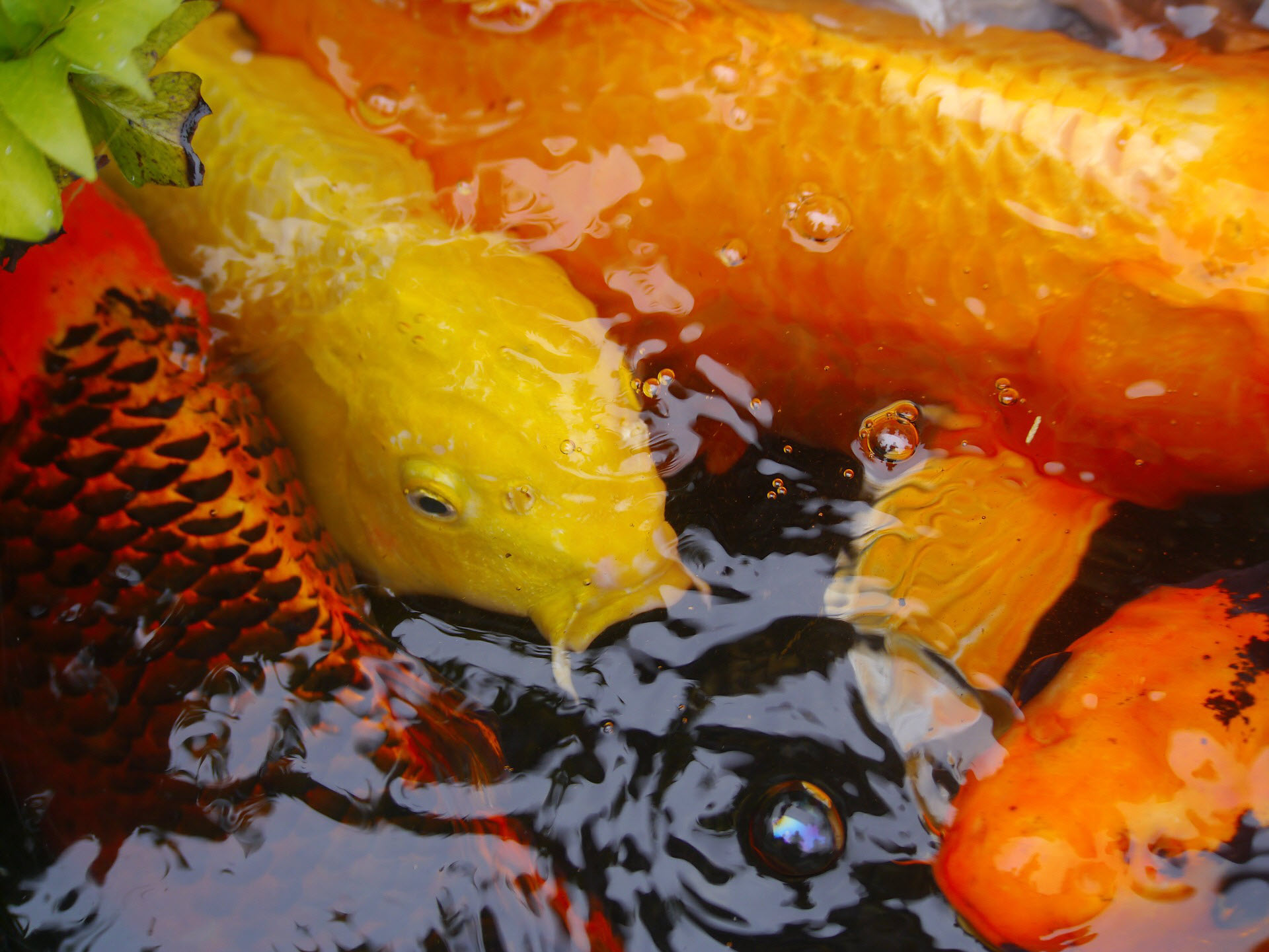Getting Started
If you plan to grow your own horseradish, remember that it is a perennial, so it will return year after year. Keep this in mind when selecting a place in your yard or garden for it to grow, as it can be ornamental as well. Horseradish can thrive even in extremely cold climates.
Typically, root cuttings from farmers’ markets, nurseries and garden centers are what you will find for planting. Seeds are just about impossible to find. When planting, you should cut the top half off the root for use in your kitchen and plant the remainder of the root.

Ideal Conditions
Extremely wet, waterlogged soil will hurt the root. Horseradish does best when grown in full sun, but it can handle a little shade. It really only needs watering once a week during dry spells, and Mother Nature can take care of the rest of the watering. It is best to plant the root in the spring or fall.
Roots should be planted at a 45 degree angle with topsoil two inches above the cutting. In order for the root to grow the best, it needs the soil loosened about twelve inches deep. If you are planning to harvest more than one plant, they need to be spaced thirty inches apart. If you leave them alone, after a good watering, horseradish plants do just fine.
Required Maintenance
On the other hand, if totally left to its own devices, horseradish can become invasive in your garden, as it multiplies underground. After the first frost in the fall, the main root should be dug up and divided. The offshoots are cut off and replanted for the next harvest, while the main root is eaten or prepared however you like.
Potential Problems
If a horseradish plant is not divided, it will remain in the ground, becoming woody and inedible. Cabbage worms are the chief enemy of horseradish plants. They turn into the Small White Butterfly which appears during the day. To rid the plant of these pests, it is best to just handpick the caterpillars or they will eat large gaping holes into the leaves of the horseradish.
Health Benefits of Growing Your Own Horseradish
Typically used as a spice, horseradish has very low caloric content, with high flavor. It is high in vitamin C and has moderate amounts of folate and fiber. Horseradish, with its stimulant qualities, can be a digestion aid and help boost your metabolism.
Believe it or not, horseradish has powerful antibacterial qualities, giving you a boost of protection against such bacteria as Staphylococcus, Listeria and E. coli.
If that weren’t enough reason to plant horseradish, consider the fact that it is a diuretic as well. That means it rids the body of harmful toxins carried in the urine which is a great contributor to overall health and can aid in reducing body fat.
What growing your own horseradish will do for you is get you out into the garden, too. Sunshine, fresh air and fresh vegetables make a great combination. By growing your own horseradish, you can spice it up even more.



